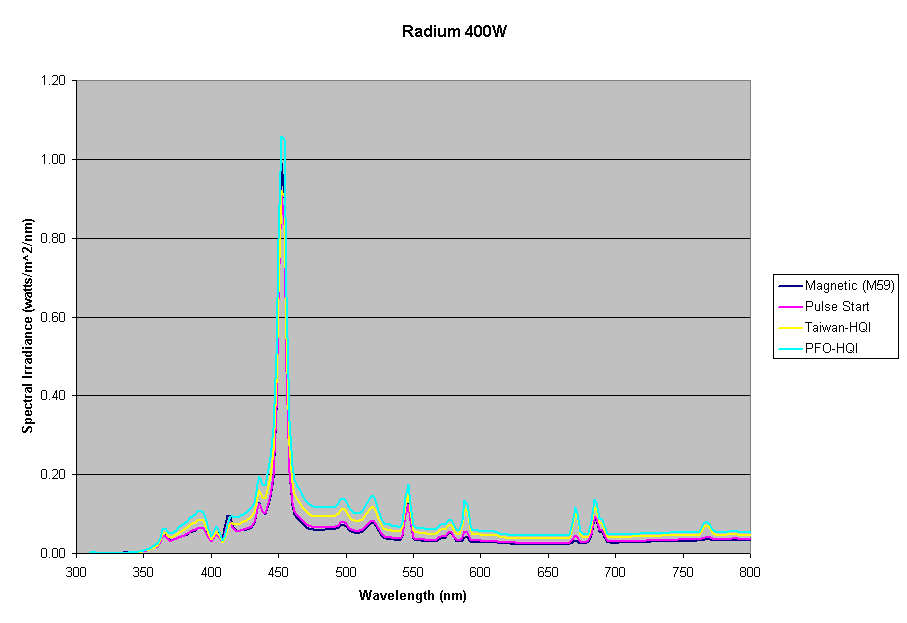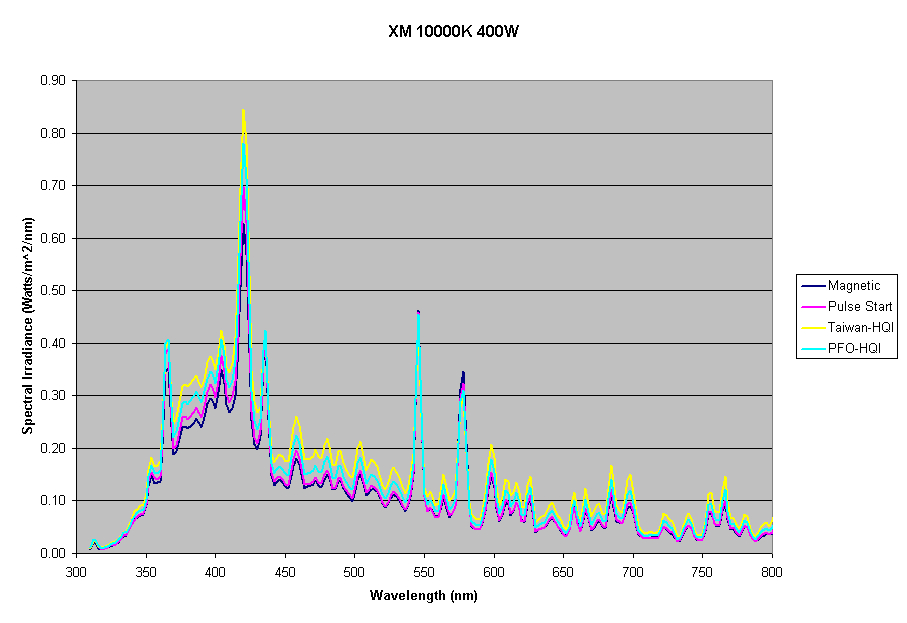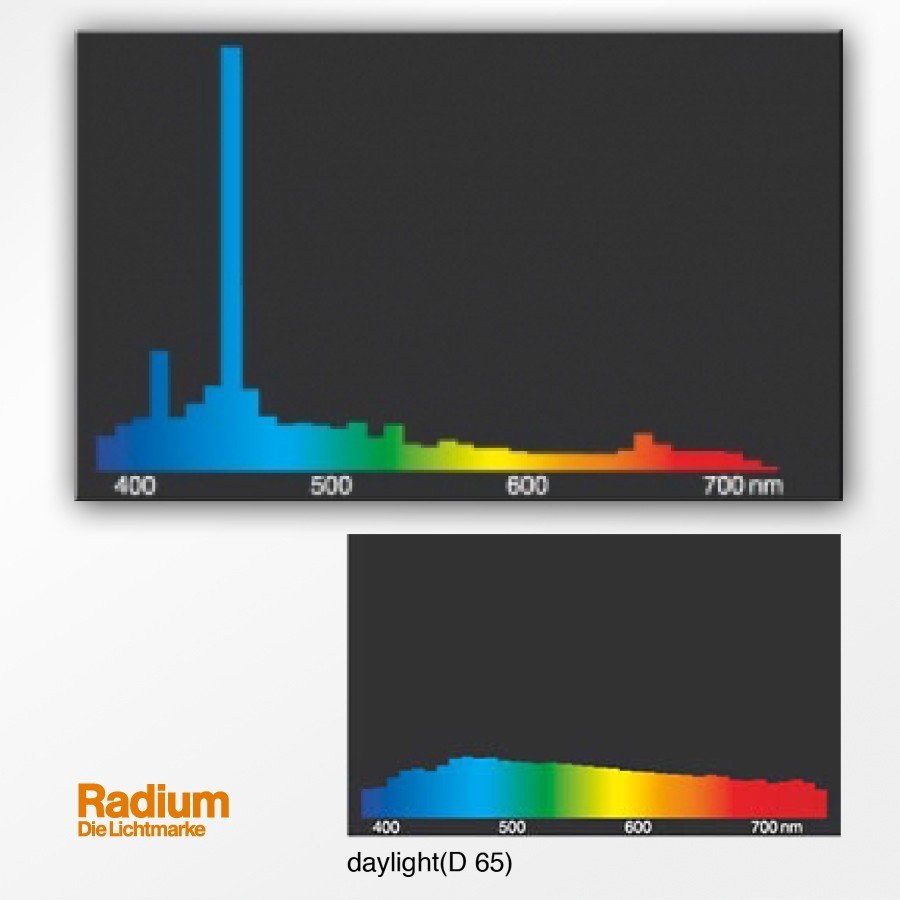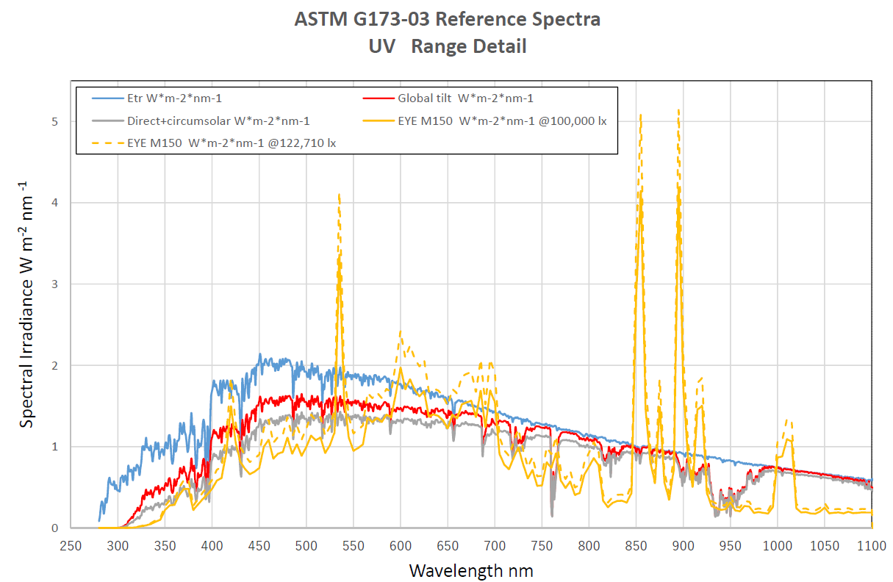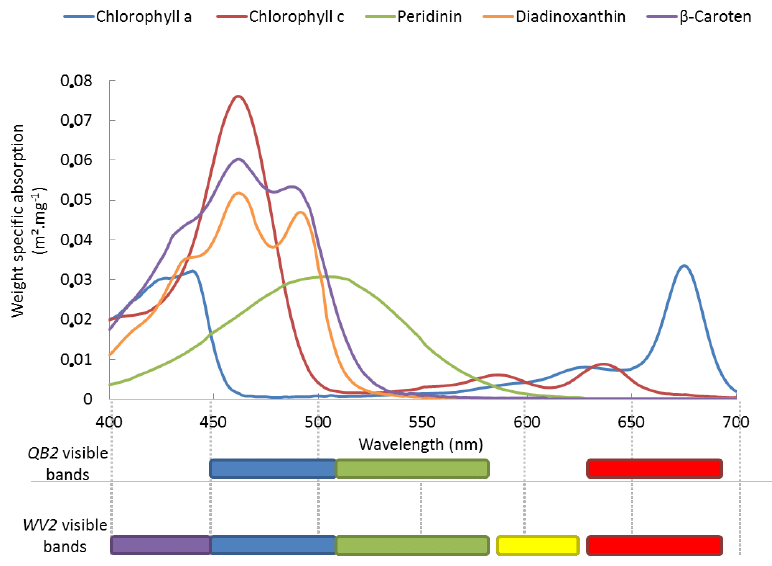That is my point exactly... leave photons or any reference to light is light out of it. It is way more complicated than that.
I hope that nobody thought that I had any answers to all of this. Just trying to illustrate that laziness of the argument.
I hope that nobody thought that I had any answers to all of this. Just trying to illustrate that laziness of the argument.





